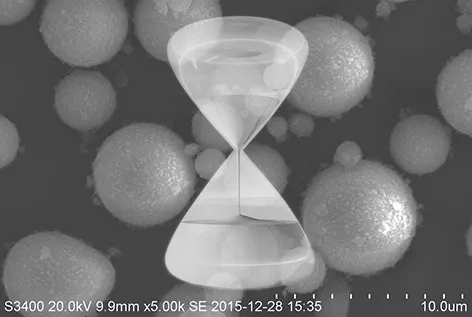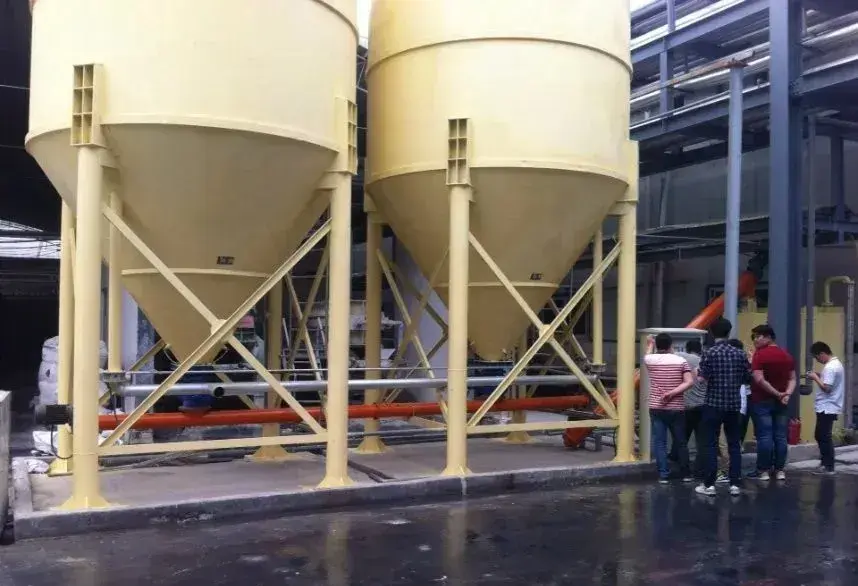Driven by global carbon neutrality goals, lithium-ion batteries are developing rapidly as a core energy storage technology. Anode materials, one of the four key battery components, are undergoing a revolutionary shift from traditional graphite to high-capacity, fast-charging materials. Among these, resin-based porous carbon has emerged as a core support for next-generation CVD silicon anode materials. This is due to its unique tunable pore structure, excellent electrochemical performance, and superior compatibility with silicon materials. It is leading the industrial upgrade wave.
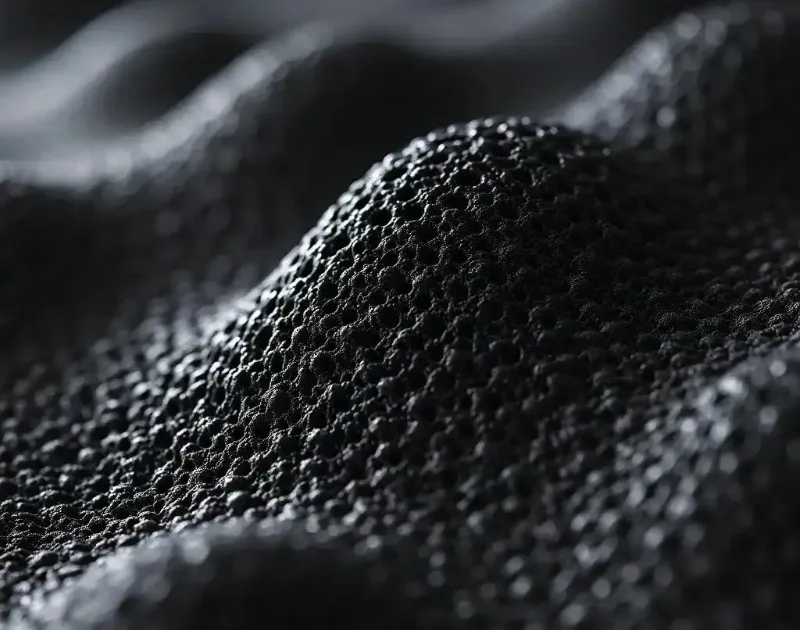
Product Technology Classification
Resin-based porous carbon can be categorized based on raw material sources, structural features, and final applications.
Based on Precursor Resin Source
Synthetic Resin-based:
Phenolic Resin-based: The most common route. The raw materials are readily available, and the process is mature (solution polymerization, curing, carbonization, activation). It produces spherical, quasi-spherical, and irregular block-shaped porous carbons. The advantages are highly controllable pore structures, high mechanical strength, excellent anti-expansion and pressure resistance, and uniform silicon deposition. This results in high first-cycle efficiency (>88%) and long cycle life.
Other synthetic resins include polyacrylonitrile (PAN), epoxy resin, and polyimide (PI). Each has its own features, but phenolic resin is most widely used in battery anodes.
Biomass-Derived Resin-based:
A green, emerging route. Biomass refining products (e.g., lignin derivatives, sugar derivatives) are used to synthesize resin, which is then carbonized to form porous carbon. It combines the stability of traditional resins with the low-cost benefits of biomass.
Asphalt-based:
Typically categorized separately, asphalt is derived from high polymer (polycyclic aromatic hydrocarbon) pyrolysis. It is used to make intermediate-phase asphalt-derived carbon microspheres (MCMB), but controlling pore structure is more difficult than with resins.
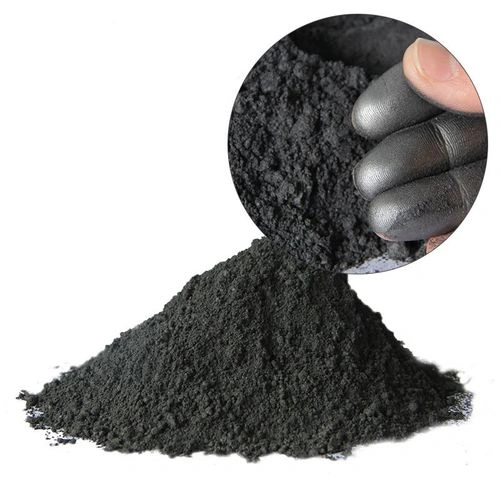
Based on Pore Structure Characteristics and Application Focus
Porous Carbon as Carrier for Silicon-Cobalt Anode Materials: The key requirement is a well-developed mesopore structure (2-50nm). Mesopores provide space for silicon nanoparticles and buffer volume expansion. Micropores (<2nm) offer extra lithium storage sites and influence conductivity. The micropore/mesopore ratio, pore volume, size distribution, and surface chemistry must be precisely controlled. Phenolic resin-based materials excel due to their high tunability. Performance indicators include surface area, pore volume, silicon loading, first-cycle efficiency, and cycle stability.
Hard Carbon Anode: Mainly used in sodium-ion batteries. Hard carbon is produced by carbonizing resins (phenolic or furan resins) or biomass at lower temperatures (1000-1400°C). It has many defects, closed pores, and a graphite-like microcrystalline structure. It requires high capacity, excellent rate performance, low-temperature performance, and low voltage plateau.
Supercapacitor Electrode Carbon: Requires a very high surface area (mainly micropores) and excellent conductivity. Resin-based (especially phenolic resin) activated carbon microspheres are the best choice.
Adsorption/Catalysis Porous Carbon: Depending on the adsorbate or catalytic reaction, specific pore structures and surface functional groups are needed.
Based on Morphology
Spherical/Quasi-spherical: Good flowability, ideal for uniform electrode slurry coating, and high bulk density. Phenolic resin-based materials are easy to prepare through emulsion polymerization or suspension polymerization.
Irregular Block/Powder: Relatively simple to prepare, with slightly lower costs. However, electrode processing performance may be affected.
Core Manufacturing Process
The preparation of resin-based porous carbon depends on selecting polymer precursors, molding, curing (crosslinking), carbonization, and activation. These processes directly impact the product’s structure, performance, and cost.
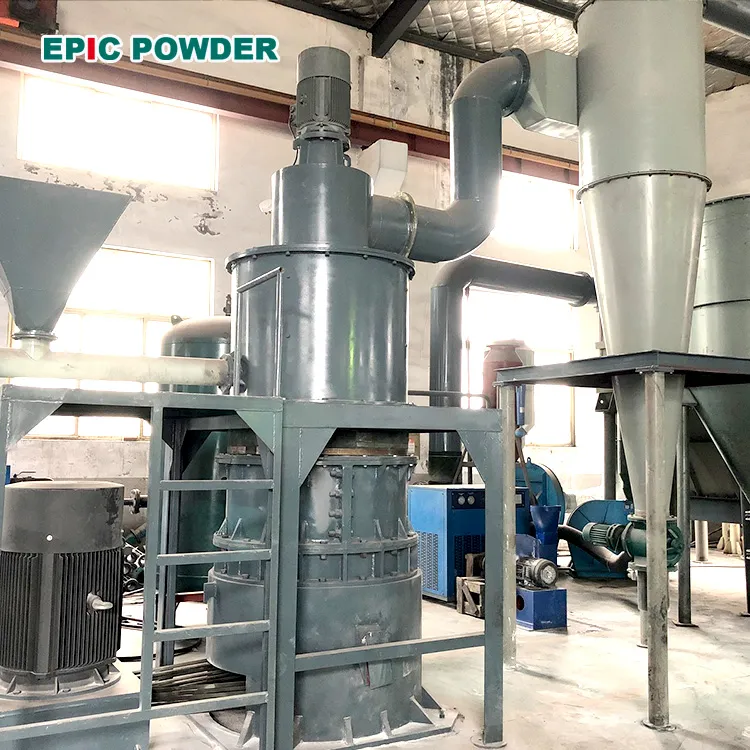
Precursor Synthesis and Molding
- Synthetic Resin Preparation: For example, phenolic resin is synthesized by the condensation of phenol and formaldehyde.
- Biomass-Derived Resin Synthesis: Biomass refining products like lignin and cellulose are converted into crosslinkable resin intermediates.
Molding
- Spherical Formation: Emulsion polymerization (oil-in-water or water-in-oil) and suspension polymerization are the main methods to make spherical phenolic resin microspheres. Key factors include controlling emulsifiers, dispersants, stirring speed, and temperature.
- Block/Other Shapes: Methods include solution casting, molding, and extrusion.
Curing (Crosslinking):
This forms a 3D network structure in the resin precursor, ensuring it retains shape and develops the target pore structure during high-temperature treatment. Phenolic resins typically need heat curing at 150-200°C. The degree of crosslinking directly impacts carbonization yield and carbon framework strength.
Carbonization
The precursor is treated in an inert atmosphere (N₂, Ar) at high temperatures (600-1200°C) to convert organic polymers into inorganic carbon. This process involves pyrolysis, aromatization, and removal of small molecules. The heating rate, final temperature, and time are crucial for developing microcrystalline structures and initial pore formation.
Activation (Pore Formation)
This step gives the material high surface area and abundant pores.
- Physical Activation: Water vapor or CO₂ at high temperatures (700-1000°C) oxidizes the carbon and selectively etches carbon atoms to form pores. This method is environmentally friendly but results in mainly micropores with fewer mesopores.
- Chemical Activation: Before or after carbonization, the precursor is impregnated with chemical activators (KOH, NaOH, ZnCl₂, H₃PO₄) and heated in an inert atmosphere (450-900°C). The activators facilitate pore formation, with high efficiency, resulting in a mixture of micropores and mesopores.
- Template Method: Templates (e.g., nano SiO₂ spheres or block copolymers) are added during resin synthesis or molding. After carbonization and activation, the template is removed, resulting in ordered mesoporous carbon. This method is precise but expensive and complex, making large-scale production challenging.
Post-treatment
Includes acid washing/water washing (to remove residual activators and ash), drying, screening, and surface modification (e.g., nitrogen doping to enhance conductivity and wettability).
epic powder
As the demand for advanced anode materials grows, resin-based porous carbon has become a key player in the development of high-performance lithium-ion batteries and supercapacitors. Epic Powder, with its expertise in ultrafine grinding and processing technologies, provides tailored solutions for the production of these innovative materials. By offering state-of-the-art grinding equipment such as jet mills, ball mills, and air classifiers, Epic Powder helps optimize the preparation of resin-based porous carbon. This includes precise control over particle size, pore structure, and surface properties, ensuring enhanced electrochemical performance for applications like silicon-carbon anode materials. Epic Powder’s cutting-edge solutions support the efficient manufacturing of high-quality, high-capacity, and fast-charging energy storage materials, contributing to the ongoing revolution in energy storage technologies.
